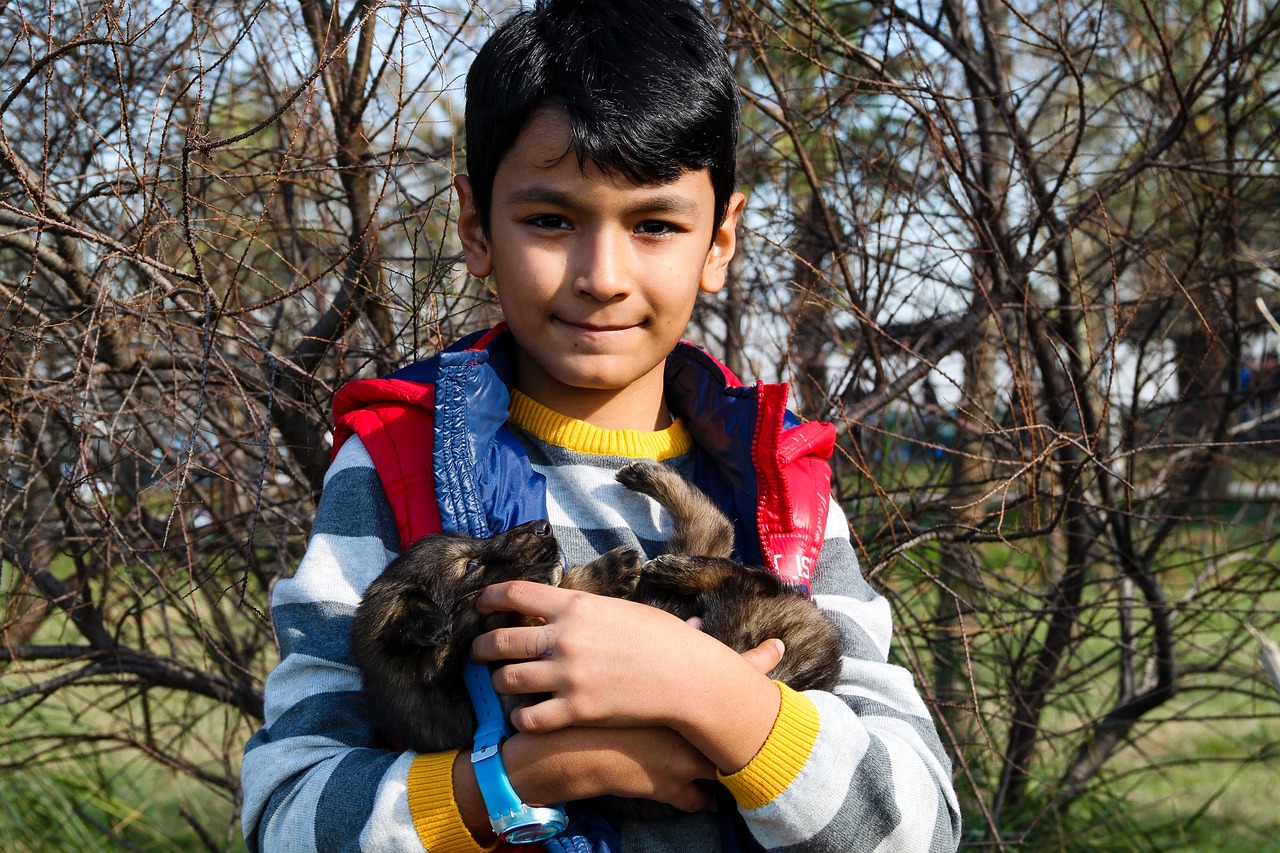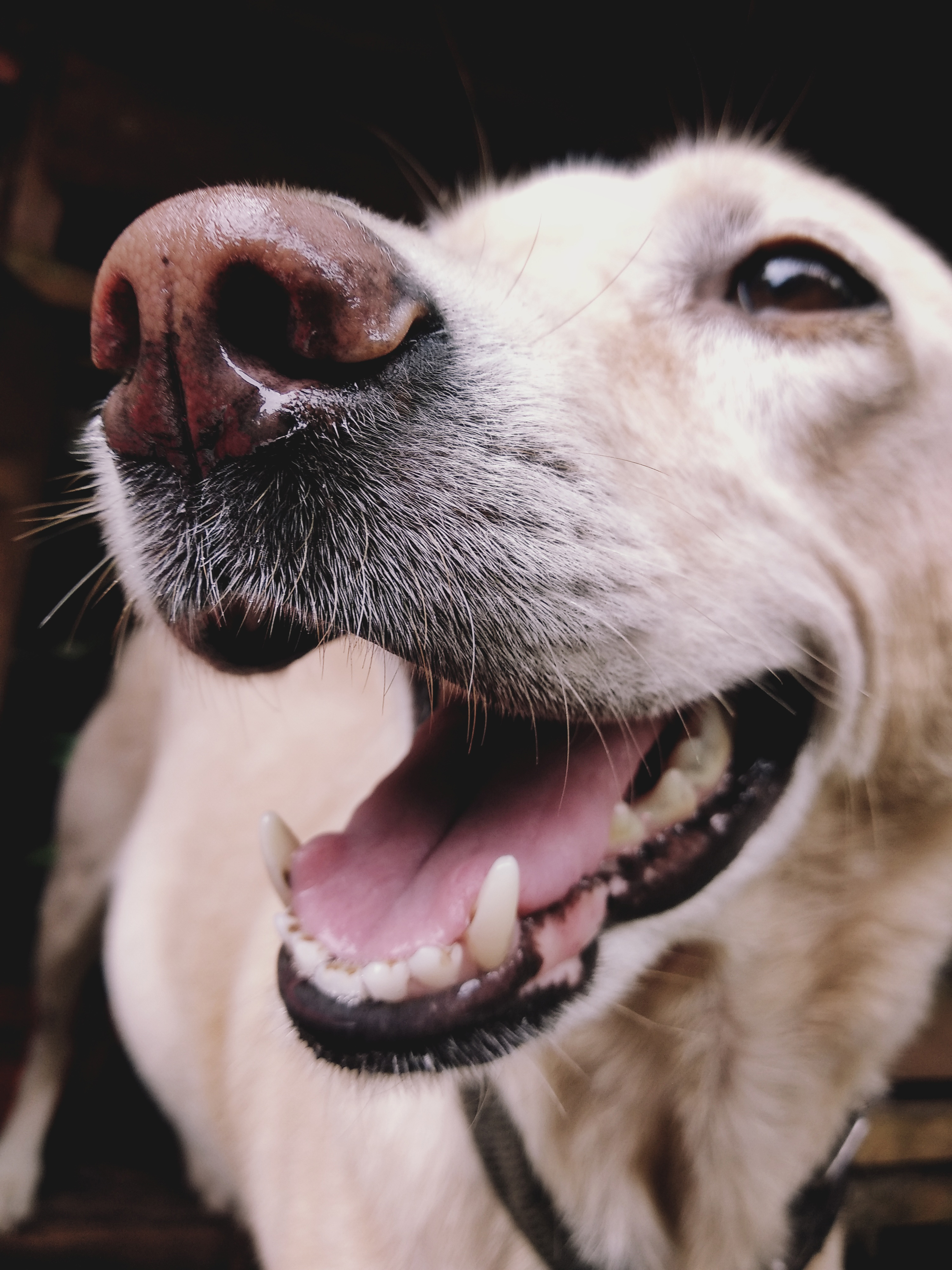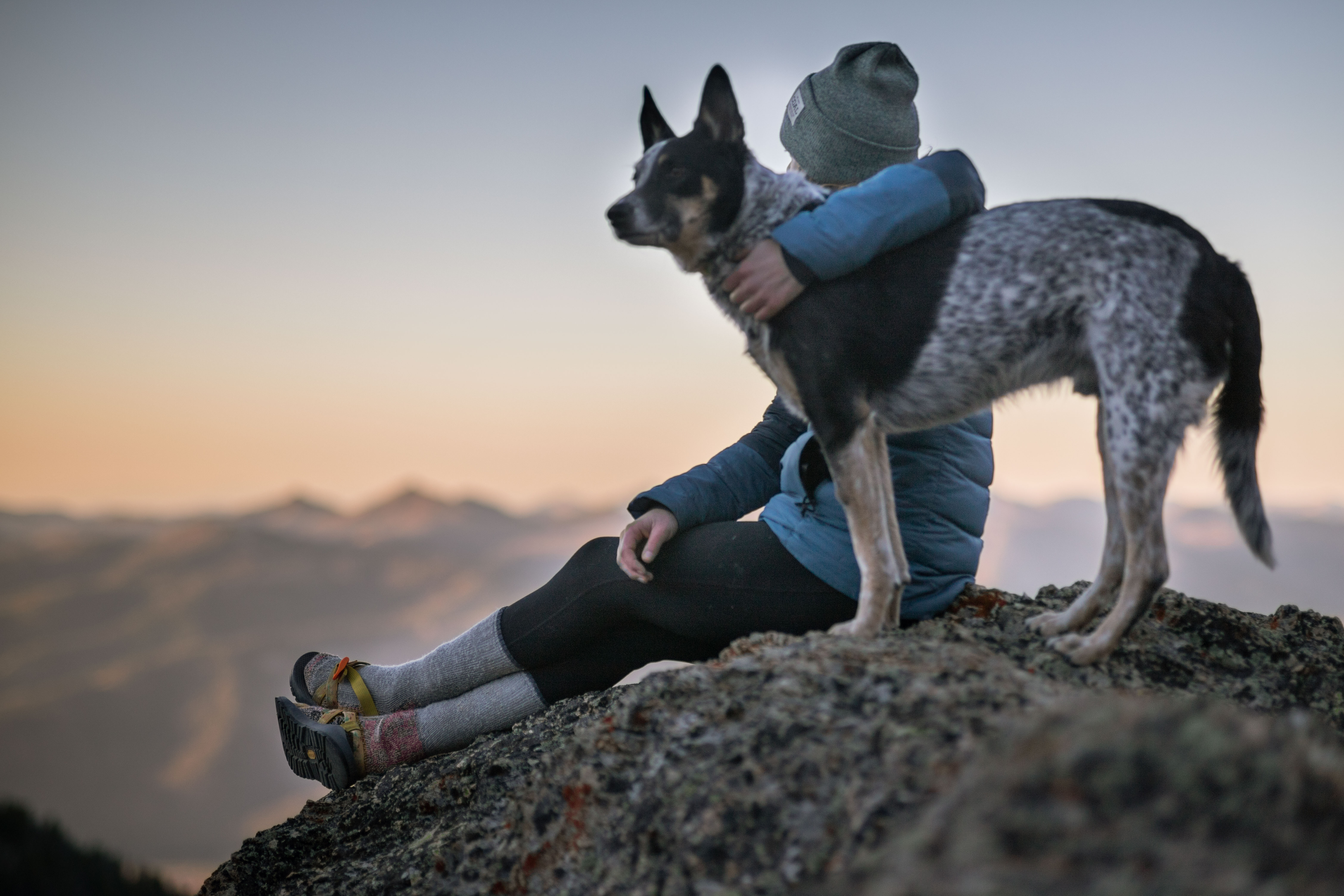The bond between humans and dogs is one of the most cherished relationships that has stood the test of time. These loyal companions have been by our side for centuries, offering unconditional love, protection, and companionship. However, like any relationship, it requires understanding, respect, and care to ensure it remains harmonious.
It's deeply unsettling to hear stories of dogs displaying aggressive behavior towards young children. While some might hastily point fingers at specific breeds, it's essential to understand that any dog, irrespective of its breed, can exhibit aggressive tendencies under certain circumstances. The key lies in understanding these triggers and ensuring both children and dogs are educated and prepared to coexist peacefully.
Children, with their boundless energy and curiosity, can sometimes inadvertently provoke dogs. It's not that children have a special knack for annoying dogs, but their unpredictable movements and loud noises can sometimes be misinterpreted by our canine friends.

Hence, as guardians of both parties, it's our responsibility to bridge this gap of understanding.
Understanding Canine Aggression
Before we delve into prevention, it's crucial to understand the signs and causes of dog aggression. Dogs can display aggression due to fear, territorial instincts, or as a dominance assertion. Recognizing the early signs can prevent potential incidents. For instance, a dog that feels threatened might pin its ears back, raise its tail, and growl. This growl isn't a sign of imminent attack but rather a warning, a plea for space and understanding.
Dealing with an Aggressive Dog
If you ever find yourself in a situation where a dog displays aggressive behavior, it's essential to prioritize safety. While some suggest staying calm and using a soft voice, always assess the situation and consider seeking professional advice or assistance. If possible, identify and remove what's causing the dog's distress.
Preventing Aggressive Behavior
Prevention is always better than cure.

Here are some steps to ensure a safe environment for both children and dogs:
- Educate Your Children: It's essential to teach children that dogs have feelings too. Rough play can be distressing for dogs. Encourage gentle interactions and always supervise playtime.
- Supervision is Key: Especially with toddlers, never leave them unsupervised with a dog. Their unpredictable behavior can sometimes be misinterpreted by dogs.
- Training: A well-trained dog is less likely to display aggressive behavior. Enroll your puppy in obedience classes. This not only benefits families with children but ensures your dog is well-behaved around others too.
Choosing the Right Dog for Your Family
If you're considering adding a furry member to your family, research is crucial. While every dog is an individual, some breeds are often considered for their patience and gentleness with children. However, individual dog behavior can vary. Opt for breeds or individual dogs that match your family's energy and lifestyle.
In Conclusion
Dogs have been our loyal companions for millennia, and their love for humans is unparalleled.

By taking the time to understand their needs, training them appropriately, and educating our children, we can ensure that this bond remains unbroken. A well-trained and understood dog doesn't just offer peace of mind but enriches our lives, becoming an integral part of our family tapestry. With mutual respect and understanding, we can ensure that every tale of children and dogs is one of love, laughter, and lifelong friendship.
* The advice and information provided in this article are general in nature and may not apply to specific situations. Always consult with a professional or expert when dealing with aggressive animals.
 Add Row
Add Row  Add
Add 




Write A Comment